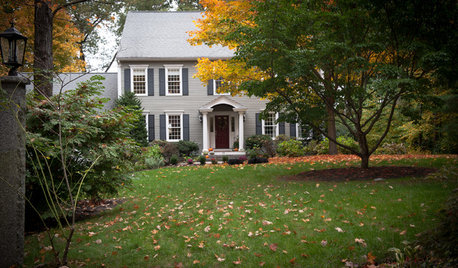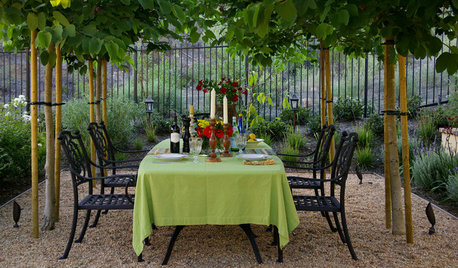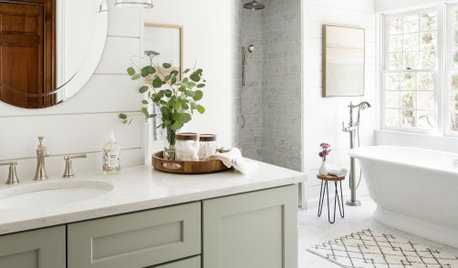Gritty mix: what to do with undesirables?
newgen
13 years ago
Featured Answer
Comments (20)
tapla (mid-Michigan, USDA z5b-6a)
13 years agotapla (mid-Michigan, USDA z5b-6a)
13 years agoRelated Professionals
Ashland Landscape Architects & Landscape Designers · New Bedford Landscape Architects & Landscape Designers · Oatfield Landscape Architects & Landscape Designers · Williamsburg Landscape Contractors · Chelmsford Landscape Contractors · Cicero Landscape Contractors · Goodlettsville Landscape Contractors · Plainview Landscape Contractors · 63040 Window Contractors · Atlanta Window Contractors · Cicero Window Contractors · Tamalpais-Homestead Valley Window Contractors · Ashland Fence Contractors · Compton Fence Contractors · La Grange Fence Contractorsnewgen
13 years agotapla (mid-Michigan, USDA z5b-6a)
13 years agocalistoga_al ca 15 usda 9
13 years agogastone21 (z7a VA)
13 years agogreenman28 NorCal 7b/8a
13 years agogastone21 (z7a VA)
13 years agonewgen
13 years agojenn
13 years agotapla (mid-Michigan, USDA z5b-6a)
13 years agojenn
13 years agotapla (mid-Michigan, USDA z5b-6a)
13 years agojojosplants
13 years agokookybird
12 years agocebury
12 years agoykerzner
12 years agotapla (mid-Michigan, USDA z5b-6a)
12 years agofour (9B near 9A)
11 years ago
Related Stories

KITCHEN DESIGNNew This Week: 2 Kitchens That Show How to Mix Materials
See how these kitchens combine textures, colors and materials into a harmonious whole
Full Story
HOMES AROUND THE WORLDHouzz Tour: Gray and Yellow Mix It Up in a London Apartment
A neutral palette gets a jolt of energy from sunny accessories and witty artwork in this new unit in an industrial area
Full Story
HEALTHY HOMEWhat You Need to Know About Dust and How to Fight It
Breathe easier with these 10 tips for busting mites, dander and other microscopic undesirables
Full Story
LAUNDRY ROOMSSoak Up Ideas From 3 Smart Laundry Rooms
We look at the designers’ secrets, ‘uh-oh’ moments and nitty-gritty details of 3 great laundry rooms uploaded to Houzz this week
Full Story
HOUZZ TOURSMy Houzz: Easygoing Elegance for a Massachusetts Saltbox
With beers on tap, a pizza oven and a guitar collection, this home mixes classic with generous doses of fun
Full Story
ROOM OF THE DAYRoom of the Day: Bedroom Takes a Creative Approach to A-Frame Design
Rather than fix the strange layout, this homeowner celebrated it by mixing the right materials and textures
Full Story
LIFEThe Wisdom of Kenny Rogers, for Declutterers
No need to gamble on paring-down strategies when the country music legend has already dealt out some winning advice
Full Story
LANDSCAPE DESIGNEnjoy the Romance of Dining in a Classic Gravel Garden
Here’s what to consider when it comes to installing, styling and maintaining a DIY-friendly gravel patio
Full Story
LIFEHow Your Landscaping Can Keep Burglars Away
Prevent home break-ins with strategic landscaping and good practices instead of menacing — and maybe less effective — measures
Full Story
BATHROOM DESIGN14 Design Tips to Know Before Remodeling Your Bathroom
Learn a few tried and true design tricks to prevent headaches during your next bathroom project
Full StorySponsored
Custom Craftsmanship & Construction Solutions in Franklin County
More Discussions







Joe1980